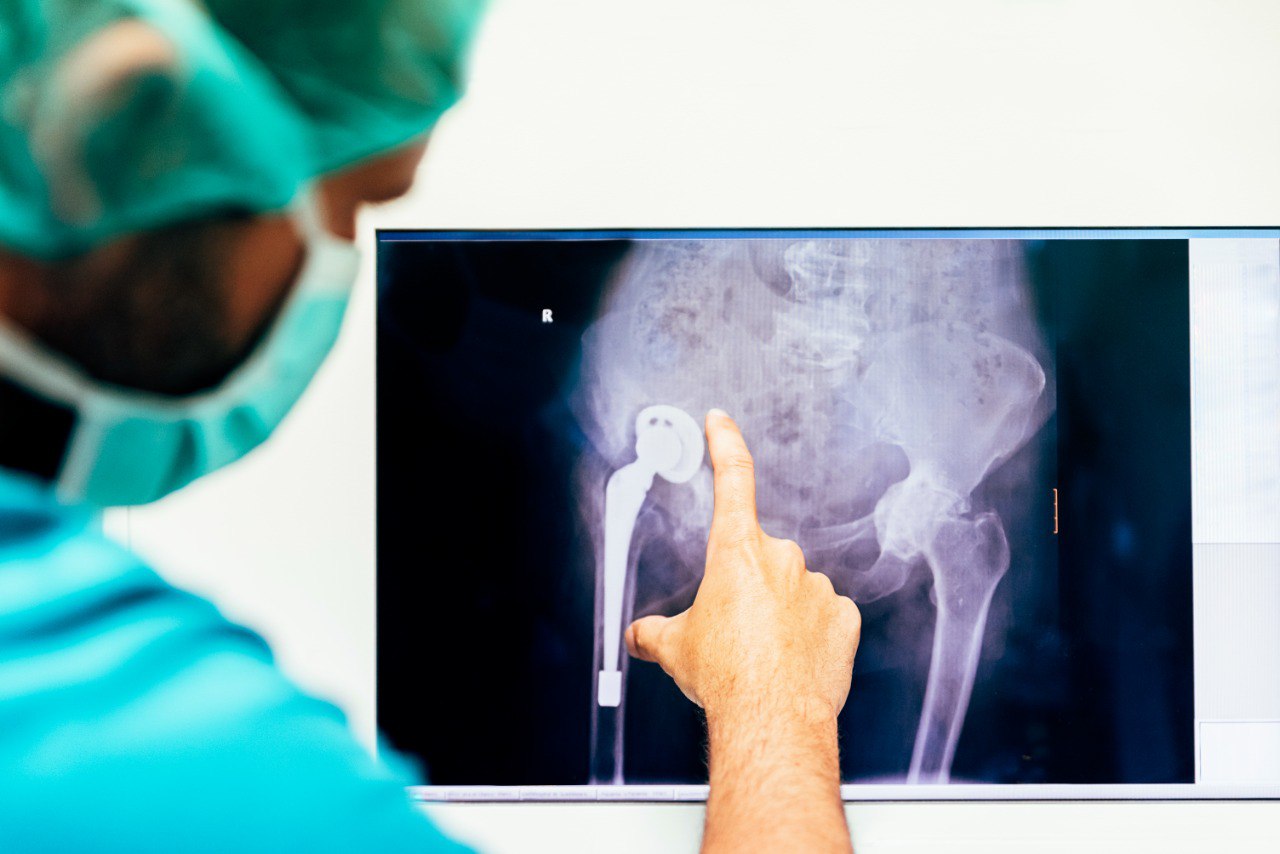Schedule An Appointment With Us
Are Your Symptoms Affecting Your Quality Of Life?
Consult our MOH-accredited orthopaedic specialist for an accurate diagnosis & personalised treatment plan today.

MBBS (S’PORE)
MRCS (Ireland)
MMed (Ortho)
FRCSEd (Ortho)

Hip hemiarthroplasty is a surgical procedure primarily focused on the replacement of the hip joint’s femoral head.
The surgery aims to restore mobility and alleviate pain in the hip joint. This procedure is distinct from total hip arthroplasty, in which both the femoral head and the acetabulum, the hip socket, are replaced. In hip hemiarthroplasty, only the ball of the hip joint (the femoral head) is replaced with a prosthetic implant.


Schedule An Appointment With Us
Consult our MOH-accredited orthopaedic specialist for an accurate diagnosis & personalised treatment plan today.

MBBS (S’pore)
MRCS (Ireland)
MMed (Ortho)
FRCSEd (Ortho)
Dr Kau (许医生) is a Fellowship trained Orthopaedic Surgeon with a subspecialty interest in Hip and Knee surgery and has been in practice for more than 15 years.
He is experienced in trauma and fracture management, sports injuries, and joint replacement surgery.
If you have any enquiry, please do get in touch. Leave us a message and we will get back to you shortly.
For Singaporeans, Singapore Permanent Residents and Foreigners.
Please speak to our friendly clinic staff about using your insurance plans.

In hip hemiarthroplasty, only the femoral head (the ball of the hip joint) is replaced, while in total hip replacement, both the femoral head and the acetabulum (hip socket) are replaced.
Recovery time can vary but typically involves several weeks to months. The initial few weeks focus on healing and basic mobility, while the subsequent months involve more extensive physical therapy and a gradual return to normal activities.
Most patients can return to their normal daily activities after recovery. However, the extent of activity may depend on individual factors like age, overall health, and the nature of the original hip condition.
The lifespan of a hip hemiarthroplasty prosthesis varies, but it can last for several years. The longevity depends on factors like the patient’s activity level, weight, and the type of prosthesis used.